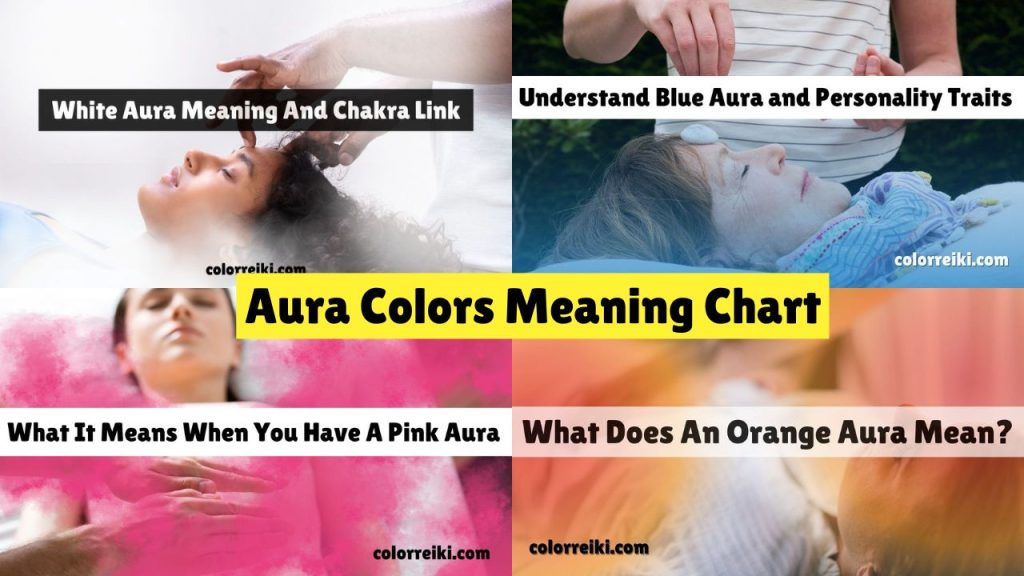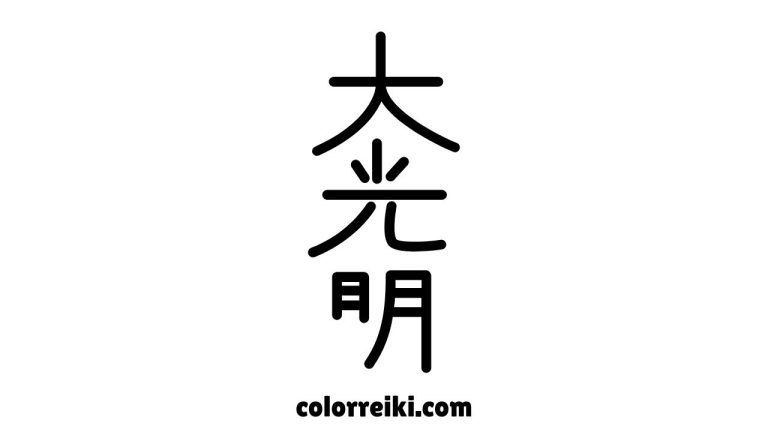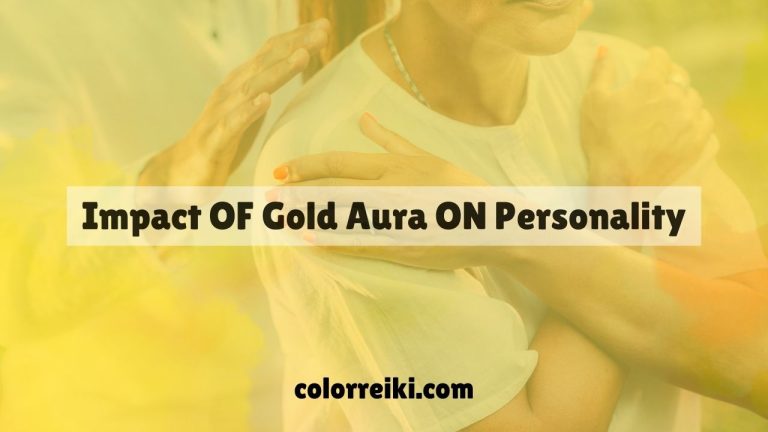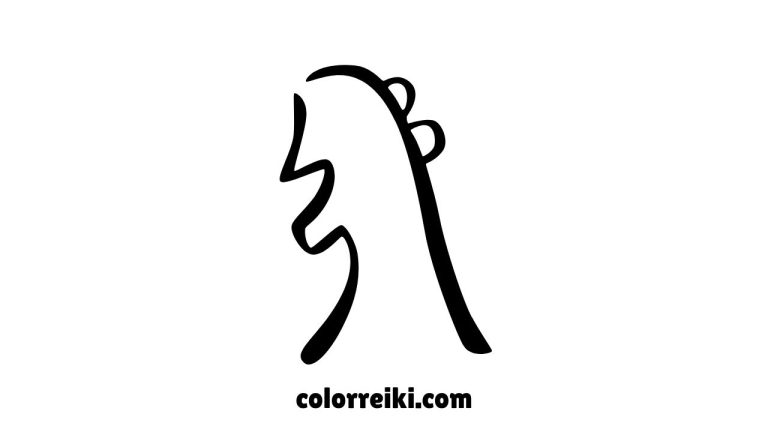Aura Colors Meaning Chart: What Do Your Colors Say?
Auras have always captured human interest. They are believed to be energy fields that surround every living being, reflecting their physical, emotional, and spiritual states. Often seen as a glowing light, an aura can give insights into a person’s overall well-being and personality. By learning about the colors in an aura, you can gain a better understanding of your own emotions and thoughts. This article will help you learn what the aura colors meaning chart means, and each aura color’s meaning, guiding you to connect with and understand your aura.

Why Knowing Aura Colors Matters
Understanding your aura colors can be a powerful tool for self-awareness. Each color in an aura reflects different parts of your life, like your emotions, thoughts, and spiritual connections. Recognizing these colors and knowing what they signify can help you learn valuable things about your current state of being. This knowledge can help you make better decisions, improve relationships, and increase your overall quality of life. Whether you’re new to the concept or have been interested in it for years, understanding aura colors is a step toward knowing yourself better.
What Auras Are and What They Mean
An aura is often described as a field of energy that surrounds living beings. It’s thought to be an invisible energy field that not only encircles the body but also stretches beyond it, connecting us to the world around us. Auras are invisible to most people, but some sensitive or trained individuals, such as energy healers, can sense them. Each person’s aura is unique, reflecting their emotions, health, and spiritual journey.
The Idea of Auras in Different Cultures
The idea of auras isn’t new; it has been around for centuries in many cultures. In Hinduism, auras are connected with the chakra system, where different colors represent the body’s energy centers. In Christian art, saints are often shown with halos, which can be seen as their aura. Native American traditions also talk about auras in terms of spiritual energy and animal spirits. Across these cultures, the aura is seen as an important part of the human experience, linking the physical and spiritual worlds.
The Meaning Behind Aura Colors
Aura colors are more than just a visual display; they have deep meanings that show a person’s inner life. Each color is tied to specific qualities and emotions. For example, a blue aura often relates to communication and truth, while a green aura might suggest healing and compassion. These colors can change based on your mood, environment, and spiritual journey, making them useful indicators of your current state.
A Look at the Different Colors and Their Connections
- Red: Linked to the Root Chakra, red stands for stability, physical strength, and strong emotions. It’s a color that represents energy, passion, and the will to survive.
- Orange: Connected to the Sacral Chakra, orange relates to creativity, joy, and expressing emotions. It reflects a lively and outgoing personality.
- Yellow: Related to the Solar Plexus Chakra, yellow stands for confidence, self-esteem, and personal power. It’s the color of intelligence and optimism.
- Green: This color is associated with the Heart Chakra and symbolizes love, healing, and balance. A green aura shows kindness and a caring nature.
- Blue: Connected to the Throat Chakra, blue stands for communication, truth, and peace. It shows a person who is calm, expressive, and reliable.
- Purple: Linked to the Third Eye and Crown Chakras, purple is a color of spirituality, intuition, and a connection to higher consciousness. It’s often seen in those who are deeply spiritual or intuitive.
Aura Colors Meaning Chart
A chart of aura colors can serve as a quick reference guide to understanding what each color means. This chart should include the colors and their related chakras, along with a brief description of what each color represents. For example:
| Color | Meaning | Associated Chakra |
| Red | Grounded, energetic, passionate | Root Chakra (Base of spine) |
| Orange | Creative, emotional, adventurous | Sacral Chakra (Lower abdomen) |
| Yellow | Confident, optimistic, intellectual | Solar Plexus Chakra (Stomach area) |
| Green | Compassionate, nurturing, balanced | Heart Chakra (Center of the chest) |
| Blue | Communicative, calm, truthful | Throat Chakra (Throat) |
| Purple | Intuitive, spiritual, wise | Third Eye Chakra (Forehead) |
| White | Pure, peaceful, connected to higher consciousness | Crown Chakra (Top of head) |
This chart serves as a guide to interpreting the colors you or others might see in an aura. The colors may vary in intensity and sometimes blend, indicating a combination of traits or feelings.
How to Understand the Chart
Understanding the chart involves identifying the colors present in your aura and knowing their meanings. If you often see a particular color, it may suggest that the qualities linked to that color are strong in your current situation. For instance, a dominant green aura might indicate a time of emotional healing or a strong focus on relationships. By regularly checking your aura and using the chart, you can track your spiritual and emotional growth over time.
How to Find Your Aura Color
Finding your aura color can be a rewarding journey of self-discovery. Here’s a simple guide to help you:
- Meditation: Sit in a quiet place and focus on your breath. As you relax, try to imagine the energy field around you. What colors do you see?
- Reiki or Energy Work: A Reiki practitioner can help you identify your aura colors through energy healing sessions.
- Aura Photography: Some specialized photography can capture images of your aura, showing the colors around you.
- Self-Reflection: Think about how you feel and act in different situations. Compare these with the color meanings in the chart to guess your aura color.
Tips for Identifying Your Aura Color
- Please keep an Open Mind: It might take time to identify your aura color accurately, so be patient.
- Seek Guidance: Consider working with a trained practitioner who can offer insights into your energy field.
- Keep a Journal: Write down your observations to track patterns over time.
Aura Colors and Their Meanings
Each color in your aura reveals something about your current state:
- Purple Aura: People with a purple aura are often highly spiritual and intuitive. They are in tune with their higher self and the universe. This color is connected to wisdom, spiritual growth, and deep understanding.
- Blue Aura: A blue aura shows a person who is calm, peaceful, and good at communicating. They are truthful and have a natural ability to express their thoughts and feelings.
- Green Aura: Green auras belong to those who are caring and healing. They are often involved in nurturing roles, whether as caregivers, healers, or nature lovers.
- Yellow Aura: This color is seen in individuals who are confident and optimistic. They are often seen as leaders who inspire others with their clarity and intelligence.
- Red Aura: Red auras are strong, passionate, and grounded. People with this aura are often very physical, with a strong connection to the earth and their bodies.
Personal Stories and Examples
For example, someone with a mainly blue aura might work as a counselor, helping others through communication and empathy. A person with a green aura might be drawn to careers in healthcare or environmental protection, where their nurturing qualities can shine. These stories help to show how aura colors appear in real-life situations.
Do Auras Change Over Time?
Auras are not fixed; they can change over time based on your experiences, emotions, and spiritual growth. For example, a person who was once deeply connected to a red aura might develop a green aura as they shift focus from personal survival to healing others.
What Causes Aura Changes?
Several things can change the colors of your aura:
- Life Experiences: Major life events, such as a new job or relationship, can also change the colors in your aura, reflecting your adaptation to these changes.
- Emotional Shifts: Strong emotions like love, anger, or joy can temporarily change your aura colors.
- Spiritual Growth: As you grow spiritually, your aura may change to reflect new insights and levels of understanding.
Note: Check out reliable sources like Healthline for more authentic details about Aura Colors and Meaning Chart
Conclusion
Understanding your aura colors is a useful tool for personal growth and self-awareness. By knowing what each color represents, you can gain insights into your emotions, thoughts, and spiritual well-being. Whether you are just starting or are already on a spiritual path, exploring your aura can lead to meaningful discoveries. Take the time to connect with your energy field and see how knowing your aura colors can enrich your life.
FAQs
1. What Do the Colors of Auras Mean?
Each color in an aura reflects different aspects of your personality, emotions, and spiritual state. For example, blue is related to communication, while green is connected to healing and compassion.
2. How Do I Know What My Aura Color Is?
You can discover your aura color through meditation, energy work, or specialized photography. Observing your emotions and behaviors can also give you clues.
3. Which Aura Color is Rare?
White and black auras are considered rare. White represents purity and spiritual connection, while black is linked to transformation and protection.
4. Can My Aura Be Two Colors?
Yes, auras can show more than one color, reflecting a mix of emotions, thoughts, and spiritual states.
5. What Are the 7 Auras?
The seven main aura colors correspond to the seven chakras: red (Root), orange (Sacral), yellow (Solar Plexus), green (Heart), blue (Throat), purple (Third Eye and Crown), and white (Soul Star Chakra).






